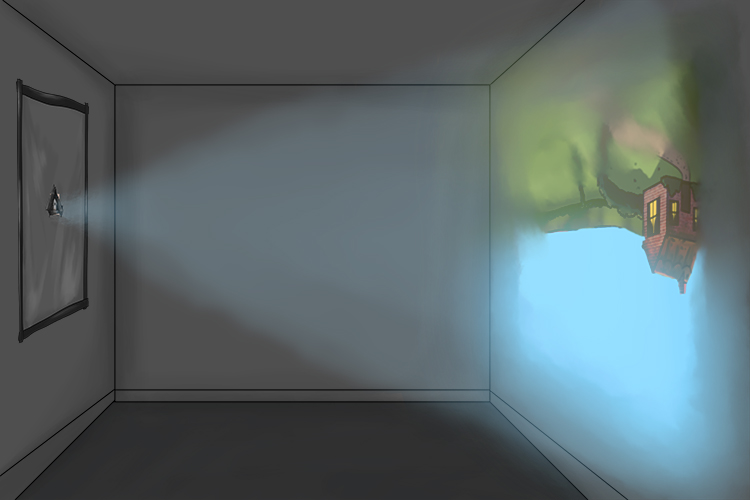Camera Obscura – The 15th century digital projectors
Many artists used a camera obscura to get an accurate picture onto their canvas.
Nowadays, of course, artists use digital projectors (not just projectors) to achieve the same feat.
Well-known artists who used a camera obscura were Canaletto, Vermeer and Leonardo Da Vinci.
But what is a camera obscura?
A camera obscura is a tool to create art in perfect perspective and detail. A camera obscura (meaning "dark room" in Latin) lets in light through a small opening on one side and projects a reversed and inverted image on the other.
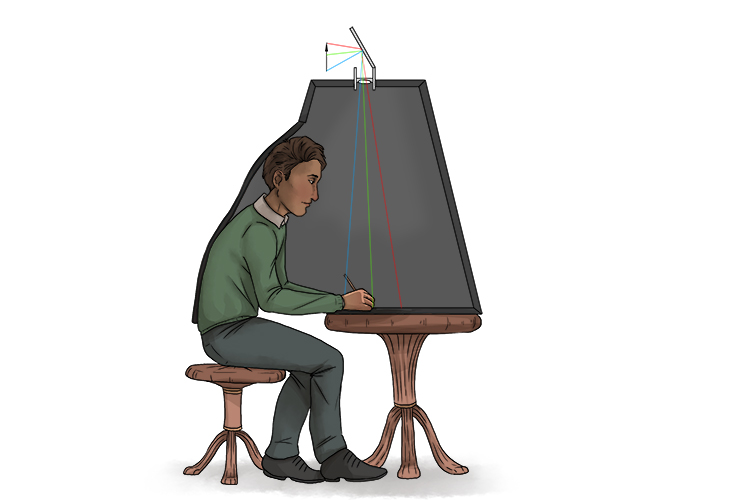
Artists would trace with a pencil the important details onto their canvas so they had the basics of the picture as a starting point.
You can prove this works by turning a whole room into a camera obscure, as below:
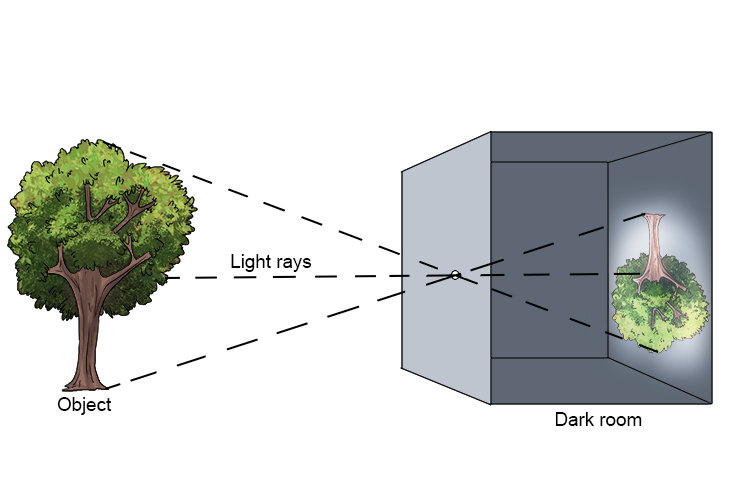
The tree has been projected onto the back wall, upside down and reverse image.
To achieve this in your room, carry out the following instructions.
You will need opaque black polythene, washers, scissors, black tape, a small piece of thick card and towels.

First, remove anything in the way of the windows (such as curtains).
Put black polythene over all the windows in the room and tape all the way around the edges, to make sure no light comes in. Use the towels along the bottom of the doors which might let in light.


Place the washer on some card and cut a hole in the card, slightly greater than the hole in the washer.
Note: The smaller the washer hole the sharper the focus but the image will be darker. A larger washer hole will create a lighter, but blurrier image.
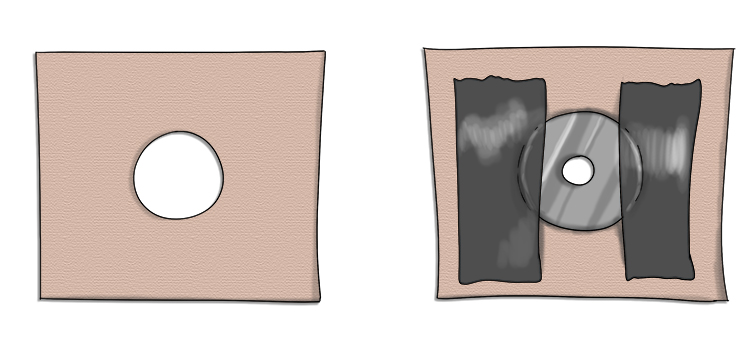
Cut a hole in the black plastic up against the window slightly larger than the hole in the card and washer.
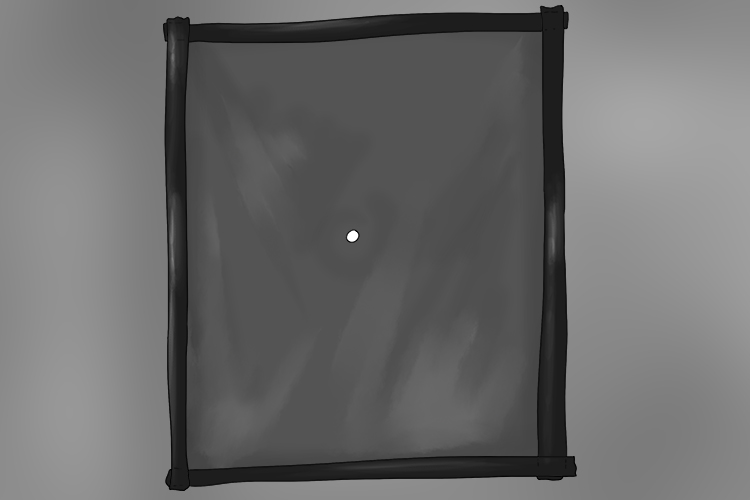
Stick the card with the washer over the hole using lots of tape, to make sure no light is visible through the card.
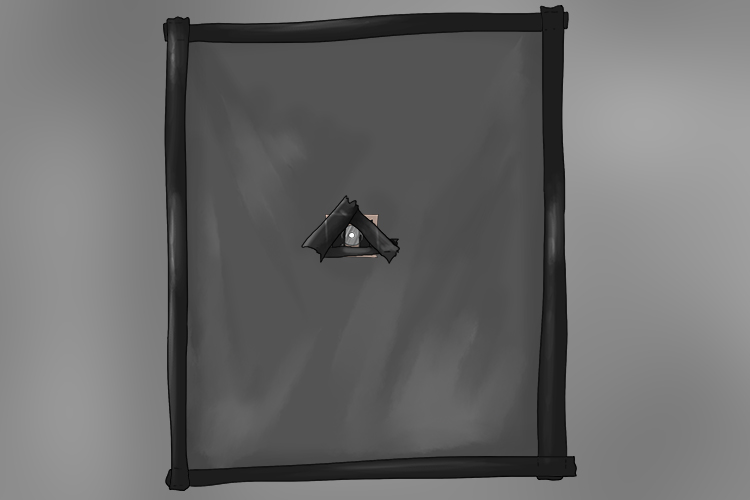
If the walls are dark, pin a white sheet up.
You should now see a reversed and upside down projection of whatever is outside the window shining through the hole onto the wall.
